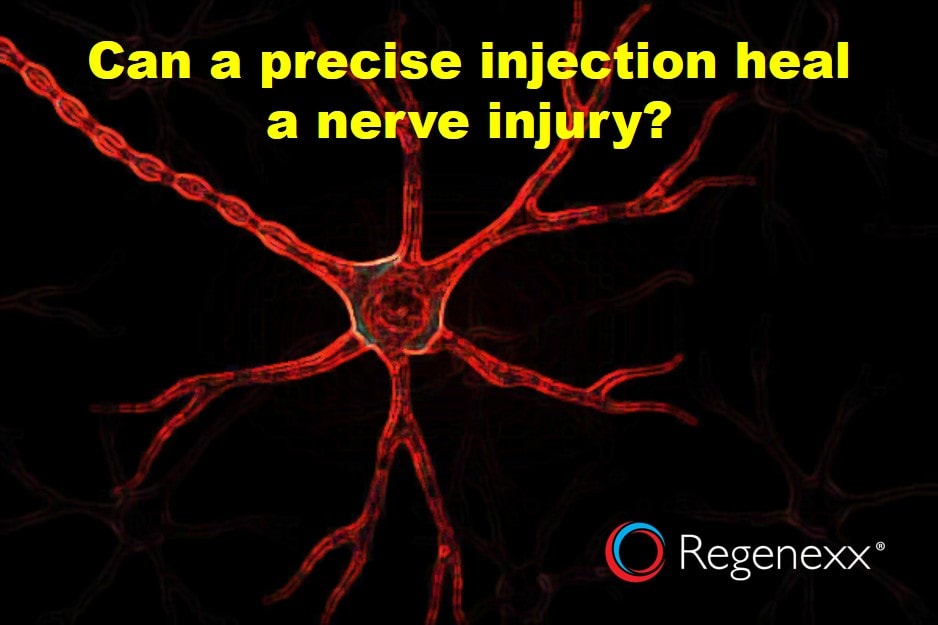Our New Radial Nerve Treatments Continue to Impress
As our success with treating nerve injuries using our third and fourth generation platelet lysate improves, we’ve been treating more and more patients with nerve injuries. Today we highlight Greg’s radial nerve treatment story.
Greg is a 58 year-old, who in May of last year sustained a fracture to the humerus bone in his arm. The screw from one of the plates used to fix the fracture looks like it was placed too close to the radial nerve and he began to lose the ability to extend his wrist and forearm. A second surgery didn’t help. He underwent physical therapy, which also didn’t help and was told by the surgeon that this was likely a permanent injury, but that over the next several years the nerve might come back. He began looking for a cutting edge radial nerve treatment.
What is the Radial Nerve?
The radial nerve is one of the most important nerves in your arm. It’s made up of spinal nerves from the neck and supplies the muscles that extend the arm (triceps) and wrist (forearm muscles). Depending on where it’s injured, the patient will lose function of the triceps or the ability to extend the wrist.
How Can Nerves Get Injured?
A nerve is made up of a few key components. One is the axons, which are like cables that transmit impulses in a nerve. Another is the covering of the nerve called the myelin sheath, which is like the insulating cover of a wire. A nerve also has a blood supply, which feeds the cells.
A nerve can be cut or compressed. When cut, growing back the connection of the axons can be tough. However, just as common is a nerve injury due to compression. This means that something presses on the nerve. This reduces the blood supply, leads to inflammation, and scarring of the nerve. This then leads to the course of the nerve being restricted. Think of a nerve axon as being like a garden hose. When the flow of nutrients from the cell body that must be transported down the nerve is reduced by pressure (like water in the hose when you step on it), the nerve gets sick. An unhealthy nerve may not work well. So numbness, tingling, and/or weakness may be the result. Other things can happen too, such as muscles that don’t move well against each other, due to nerve supplies being scarred.
How Can Scarred Nerves be Treated with Regenerative Injections?
Greg’s Radial Nerve Treatment Outcome
Greg received three treatments with Dr. Bashir at our Colorado facility using precise ultrasound guided, platelet lysate hydrodissection of the entire course of the radial nerve. More recently, he was also treated with a similar procedure to break up scar tissue between the muscles supplied by the nerve. He has had good recovery of the function of the nerve that allows the wrist to extend. This is big news, as it allows Greg to begin using that hand again in a more functional way!
The upshot? Nerve injuries are awful, leaving the patient feeling like they have no control. All of a sudden, the muscles that they took for granted just stop working. While this is great progress with only one type of nerve injury, we’ve now seen it help many patients who find themselves in this awful predicament.

NOTE: This blog post provides general information to help the reader better understand regenerative medicine, musculoskeletal health, and related subjects. All content provided in this blog, website, or any linked materials, including text, graphics, images, patient profiles, outcomes, and information, are not intended and should not be considered or used as a substitute for medical advice, diagnosis, or treatment. Please always consult with a professional and certified healthcare provider to discuss if a treatment is right for you.

